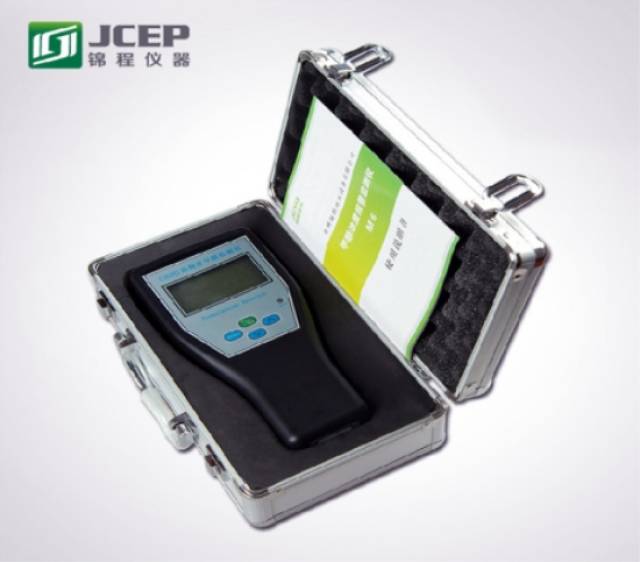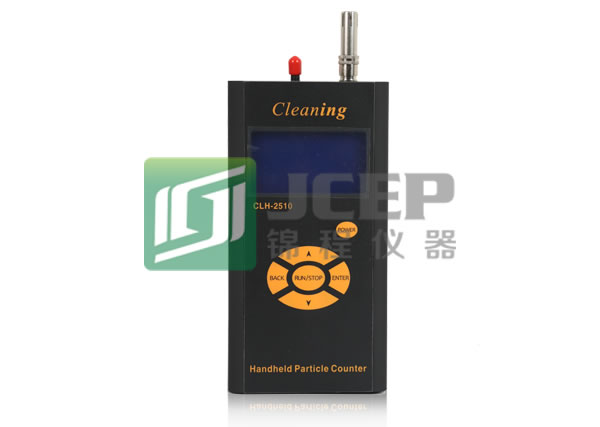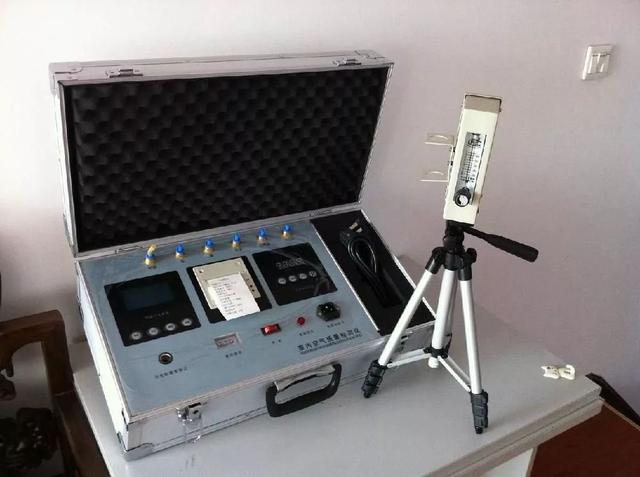摘要:,,本文介绍了甲醛检测仪器的工作原理,包括其持久性方案设计及多元方案执行策略。该仪器通过特定的检测原理,能够准确快速地检测室内环境中的甲醛浓度。为提高仪器的持久性和性能稳定性,设计了一套全面的持久性方案,并采用多元方案执行策略,确保检测结果的准确性和可靠性。这些策略包括定期校准、维护保养等,以确保仪器长期稳定运行。以上内容摘自再版书籍,具有较高的参考价值。
本文目录导读:
随着人们对室内环境质量的关注度不断提高,甲醛污染问题逐渐成为人们关注的焦点,甲醛是一种常见的室内空气污染物,长期暴露于高浓度的甲醛环境中可能对健康产生不良影响,甲醛检测仪器的研发和应用变得尤为重要,本文将介绍甲醛检测仪器的工作原理以及持久性方案设计。
甲醛检测仪器的工作原理
甲醛检测仪器主要通过不同的工作原理来检测室内环境中的甲醛浓度,常见的工作原理包括电化学法、光谱法、半导体传感器法等。
1、电化学法
电化学法是一种基于化学反应产生电流信号的检测方法,在甲醛检测仪器中,电化学传感器通过化学反应将甲醛分子转化为可测量的电流信号,从而实现甲醛浓度的检测,该方法具有响应速度快、精度高等优点。
2、光谱法
光谱法是利用物质对光的吸收、反射等特性进行检测的方法,在甲醛检测仪器中,光谱法通常利用紫外光谱或红外光谱技术来检测甲醛的浓度,该方法具有非接触性、无损耗性等优点,适用于在线监测和实验室检测。
3、半导体传感器法
半导体传感器法是一种基于半导体材料对气体分子的吸附特性进行检测的方法,在甲醛检测仪器中,半导体传感器通过感知甲醛分子对半导体材料的吸附作用,产生电信号,从而实现甲醛浓度的检测,该方法具有灵敏度高、稳定性好等优点。
持久性方案设计
为了确保甲醛检测仪器的长期稳定运行,提高其使用寿命和可靠性,我们需要设计持久性方案,以下是几个关键方面的设计建议:
1、优化仪器结构
优化甲醛检测仪器的结构,以提高其抗冲击性和抗震性,采用防水、防尘等设计,以适应各种恶劣的使用环境。
2、选择优质材料
选用高质量的材料和元件,以提高仪器的耐用性和稳定性,选用耐腐蚀、抗氧化的材料,以降低仪器因环境因素导致的性能下降。
3、维护保养指导
为用户提供详细的维护保养指南,包括定期清洁、更换耗材等步骤,建立客户服务热线,为用户提供技术支持和售后服务。
4、定期校准与更新软件
定期对甲醛检测仪器进行校准,以确保其测量准确性,随着技术的不断进步,定期更新仪器的软件,以提高其性能和功能。
5、智能化设计
采用智能化设计,使甲醛检测仪器能够自动进行故障诊断和报警,当仪器出现故障或性能下降时,能够提醒用户并及时处理,从而提高仪器的使用寿命。
甲醛检测仪器在保障室内环境质量方面发挥着重要作用,通过了解甲醛检测仪器的工作原理以及设计持久性方案,我们可以更好地应用和维护这些仪器,为人们的健康提供保障,随着技术的不断进步,我们期待甲醛检测仪器在性能、功能等方面实现更大的突破,为室内环境质量的改善做出更大的贡献。
甲醛检测仪器的工作原理和持久性方案设计对于保障人们的健康和提高室内环境质量具有重要意义,我们应该加强对甲醛检测仪器的研发和应用,为创造一个更加健康、舒适的生活环境而努力,英文翻译如下:
Working Principle of Formaldehyde Detection Instrument and Design of Durable Scheme
I. Introduction
With the increasing attention to indoor environmental quality, formaldehyde pollution has gradually become a focus of attention. Formaldehyde is a common indoor air pollutant, and long-term exposure to high concentrations of formaldehyde may have adverse effects on health. Therefore, the development and application of formaldehyde detection instruments are particularly important. This article will introduce the working principle of formaldehyde detection instruments and the design of durable schemes.
II. Working Principle of Formaldehyde Detection Instrument
Formaldehyde detection instruments mainly detect formaldehyde concentration in the indoor environment through different working principles. Common working principles include electrochemical method, spectroscopy method, semiconductor sensor method, etc. 1. Electrochemical method The electrochemical method is a detection method based on the generation of current signals through chemical reactions. In formaldehyde detection instruments, electrochemical sensors convert formaldehyde molecules into measurable current signals through chemical reactions, so as to achieve the detection of formaldehyde concentration. This method has the advantages of fast response and high precision. 2. Spectroscopy method The spectroscopy method detects the concentration of formaldehyde by utilizing the absorption and reflection characteristics of substances to light. In formaldehyde detection instruments, spectroscopy methods usually use ultraviolet or infrared spectroscopy technology to detect formaldehyde concentration. This method has non-contact and non-destructive advantages, which are suitable for online monitoring and laboratory testing. 3. Semiconductor sensor method The semiconductor sensor method detects gas molecules based on the adsorption characteristics of semiconductor materials. In formaldehyde detection instruments, semiconductor sensors generate electrical signals through the perception of formaldehyde molecules adsorbing on semiconductor materials, so as to achieve the detection of formaldehyde concentration. This method has high sensitivity and good stability. III. Design of Durable Scheme To ensure the long-term stable operation of formaldehyde detection instruments and improve their service life and reliability, we need to design a durable scheme. Here are some design suggestions on several key aspects: 1. Optimize instrument structure Optimize the structure of formaldehyde detection instruments to improve their impact resistance and shock resistance.




 皖ICP备19020861号-1
皖ICP备19020861号-1 皖ICP备19020861号-1
皖ICP备19020861号-1
还没有评论,来说两句吧...